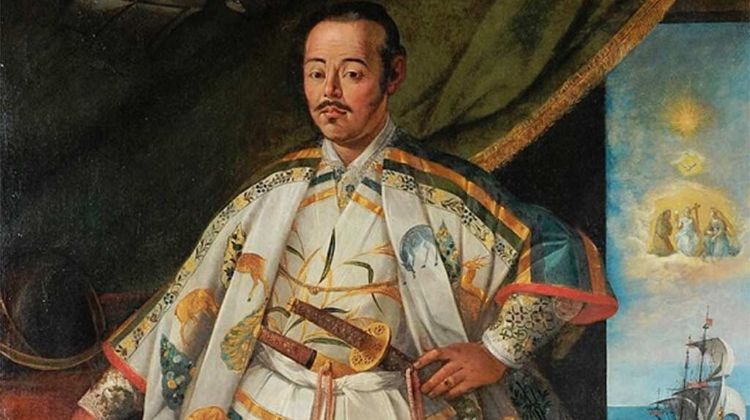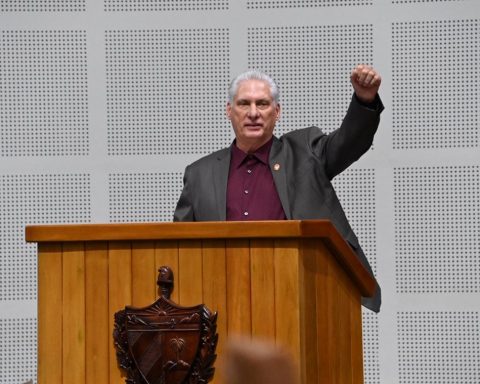AREQUIPA, Peru – The arrival of Hasekura Tsunenega in Cuba marked a milestone in the island’s history some 410 years ago. He was the first Japanese to set foot in the country. He was a samurai and his name was known in America and Europe.
Tsunenega arrived in Havana from Mexico, another Spanish colony at the time. the central american country He was considered the initiator of relations with Japan.
The mission entrusted by the shogun Tokugawa Hidetada was to take a diplomatic embassy to the Spanish courts and the Holy See. The stay in Havana was brief, but the presence of the Japanese delegation caused great curiosity among Cubans due to their appearance, unusual clothing (kimonos, katanas, sandals) and Asian physical features.
A bronze statue of Hasekura Tsunenaga, located on Port Avenue in front of the Havana seafrontreflects his figure with these elements. Donated in 2001 by the Sendai Ikue Gukuen School, the work by Japanese sculptor Tsuchiya Mizuho portrays him in a ceremonial pose with a traditional fan pointing towards Japan.
Historians believe that Hasekura’s mission drew a new horizon for Japanese trade, identifying it as the first ambassador Japanese between America and Europe, highlighting his sagacity, discipline and negotiation skills.
After leaving Havana for Europe, Hasekura became a Christian during his seven-year journey, which caused him problems in Japan, where Christianity was outlawed. His influence is recognized in various places around the world, with statues in Havana, the Emilia-Romagna region in Italy, and Seville, Spain.
Although Japan was in an era of isolation when he returned, Hasekura’s mission laid the foundation for future international relations, and he is now honored with respect and gratitude.
Follow our channel WhatsApp. Receive the information from CubaNet on your cell phone through Telegram.

















